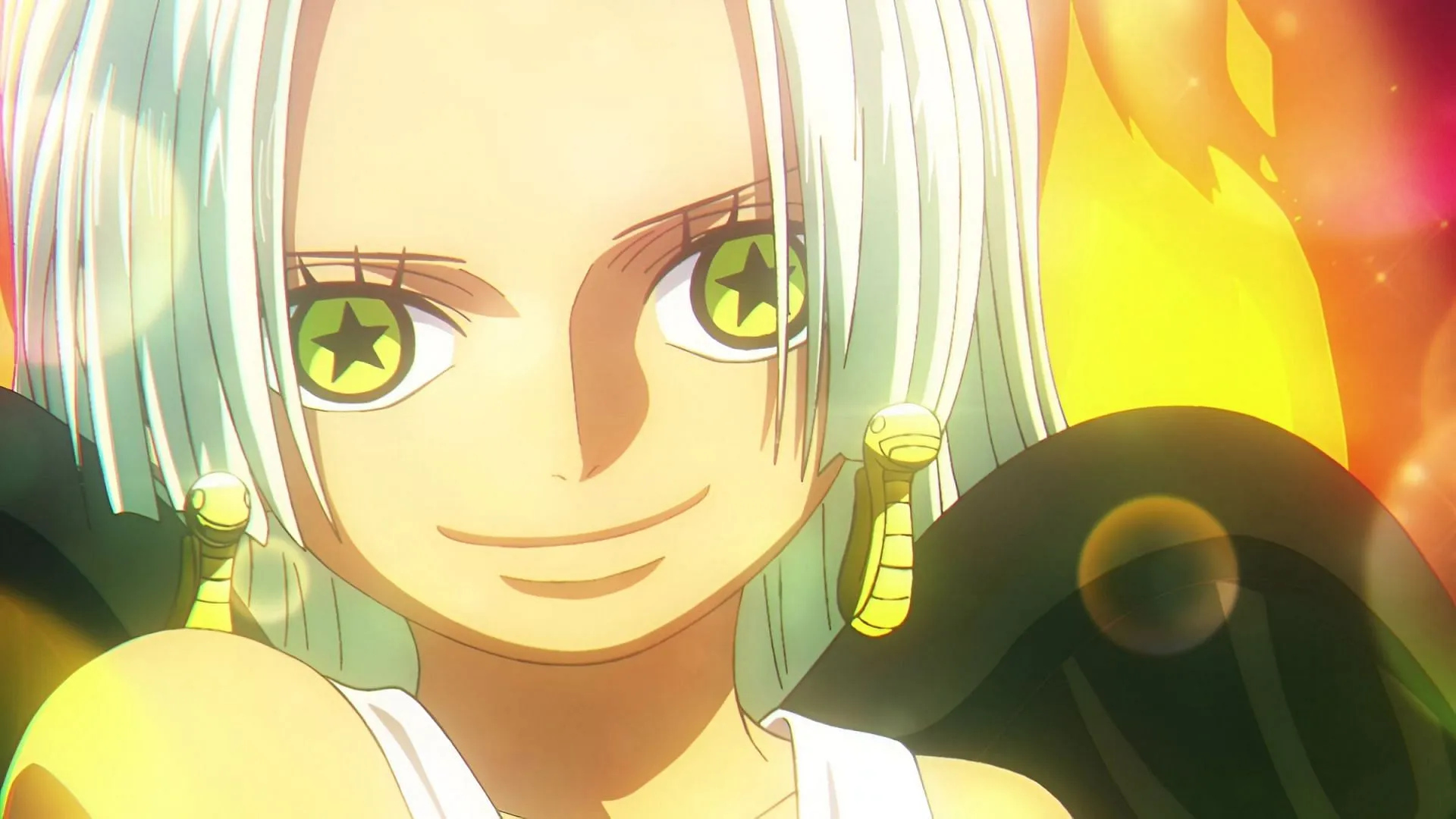One Piece intricately navigates complex scientific themes, prominently featuring cloning as a cornerstone of its storytelling. While the World Government publicly denounces cloning as too perilous for public use, it secretly harnesses its power to forge formidable weapons like the Pacifista.
The narrative introduces developments in cloning, from Stussy to the experimental clone soldiers of Germa 66 and the advanced Seraphim project, all of which give rise to profound inquiries about identity, autonomy, and the ethical ramifications surrounding the creation of life.
By embedding progressive yet contentious scientific elements into its plot, One Piece draws parallels to contemporary discussions in genetic engineering, enriching its commentary on power structures and existential dilemmas.
The Lineage Factor: The DNA Equivalent in One Piece
At the heart of cloning in the One Piece universe lies the Lineage Factor, which serves as an analog to DNA and embodies “the blueprint of life.”This groundbreaking discovery, made by researchers Dr. Vegapunk and Vinsmoke Judge, reveals that the Lineage Factor exists within all living organisms, enabling scientists to manipulate growth and development.
The significance of the Lineage Factor extends beyond mere cloning; it also offers insight into the mechanics of Devil Fruits. When ingested, these fruits alter a person’s Lineage Factor, granting them extraordinary abilities. As a noteworthy application of this technology, Vegapunk’s endeavors to replicate Kaido’s Dragon Devil Fruit demonstrate both promise and challenges, as shown in Momonosuke’s subsequent consumption of this altered fruit.
Moreover, Judge’s manipulation of the Lineage Factor for his progeny resulted in the birth of superhuman children endowed with exoskeletons and rapid healing properties. This innovative technique culminated in the development of clone soldiers, as well as more complex entities like Stussy and the Seraphim.
Diverse Cloning Variants in One Piece
Cloning technologies in One Piece result in various types of artificial beings with distinct characteristics. The Germa 66 clone soldiers possess limited individuality, exhibiting extreme loyalty to the Vinsmoke family, even willing to sacrifice their lives if commanded. While they display basic emotions—such as grief at Sanji’s faux funeral and joy during his wedding—they remain oblivious to their artificial origins.
In comparison, the Pacifista, engineered from Bartholomew Kuma’s likeness, operate as entirely compliant automatons, executing orders without self-preservation instincts. The Seraphim represent an advanced evolution in cloning, being synthesizations of former Warlords, enhanced with attributes from the Lunarian tribe and artificial Devil Fruit abilities through Green Blood technology. Unlike their predecessors, these clones possess individual personalities, albeit primarily functioning as tools of war.
One of the most captivating characters is Stussy, the first fully autonomous clone, showcasing a dynamic personality that ranges from courteous behavior in public to a more ruthless nature in combat. Despite her independence, Stussy exhibits loyalty towards her creator, Dr. Vegapunk, raising intriguing questions about the ethics of creation and the bond between creator and creation.
Ethical Considerations and Implications of Cloning
The narrative of One Piece delves into the ethics of cloning, paralleling modern debates surrounding genetic engineering and the creation of synthetic life. The series emphasizes that clones, despite sharing genetic makeup with their originals, possess their distinct personalities and aspirations, thus challenging their categorization as mere copies.
The character of S-Snake, who holds romantic feelings for Luffy, illustrates the intrinsic desires that clones can embody, compelling audiences to reconsider their autonomy and status as independent beings rather than lifeless replicas.
Moreover, the World Government’s hypocrisy surrounding cloning technology underscores the notion that scientific advancements often align with political ambitions, allowing those in power to monopolize knowledge while restricting such technologies from the broader populace. Historical evidence suggests that revolutionary scientific innovations frequently lead to instruments of control, rather than an avenue for societal betterment.
Conclusion

Through its compelling portrayal of cloning, One Piece invites viewers to contemplate the essence of human identity and the rights of artificial beings in relation to naturally born individuals. The series keenly explores the variations in self-awareness and autonomy among its cloned characters, thus providing a platform for discussions on identity and free will.
The existence of these synthetic beings within a universe blending natural and artificial life compels audiences to confront the ethical dilemmas tied to genetic engineering. One Piece adeptly uses its narrative to scrutinize the moral consequences of the godlike power of creating life, as exemplified through its portrayal of cloning and biotechnological advancements.


